Personality and Temperament
With a lovely personality to match their stunning good looks, the Burmilla cat offers the very best of the Burmese and Chinchilla Persian breeds.
The Burmilla is renowned for their laid-back temperament. The breed is family-friendly, with a reputation for getting along well with children and other pets. Cats and well-behaved dogs will find a steadfast friend in the Burmilla.
These gorgeous cats are playful but not hyperactive. They are quiet and not overly demanding, yet they thrive with plenty of attention from their families.
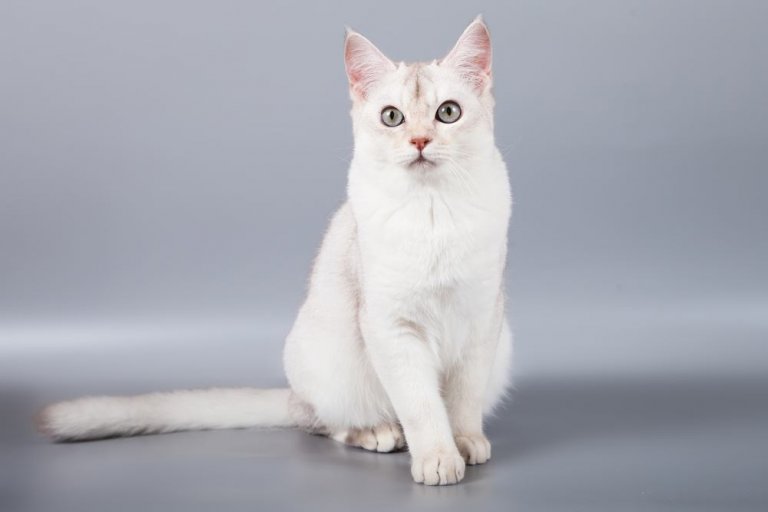
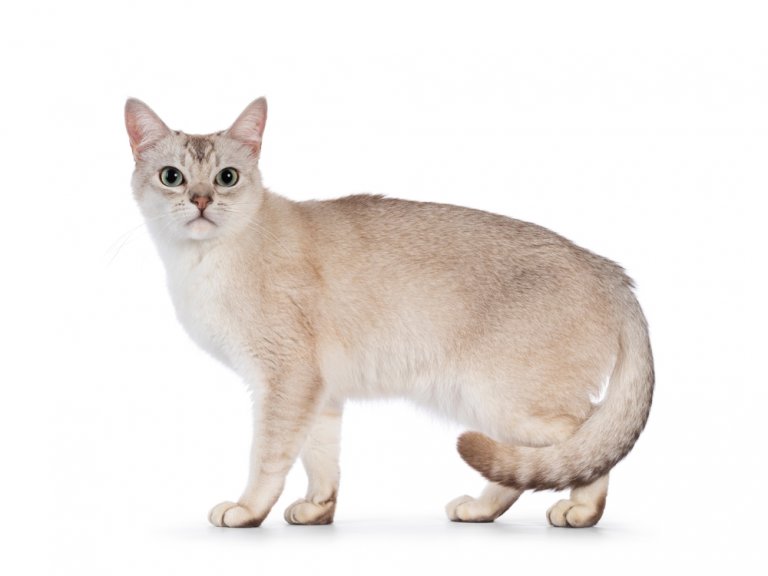
Care
Nutrition
Grooming
Exercise
Health
Burmilla cats have no special nutritional needs. We recommend feeding your Burmilla cat high-quality food with plenty of protein and not too many carbohydrates. This breed can be prone to obesity, particularly in their later years.
Burmilla cats may have short coats or semi-long coats. Either coat type is low maintenance, requiring only weekly brushing or combing. Regular brushing cuts down on shedding and helps prevent hairballs.
Trim the nails every two weeks and peek into your Burmilla's ears once a week. If they look dirty, clean them with a pet-safe ear cleaner. If you notice any redness, contact your veterinarian.
Burmilla cats are moderately active, and enjoy playing together or with their human companions. Later in life, these cats may become a bit lazier, so it’s up to their human families to make exercise a priority. Daily activity and play is good for your cat's mental and physical health.
Burmilla cats are generally healthy, however they are susceptible to hereditary polycystic kidney disease and allergies. Reputable breeders do their best to produce kittens without kidney disease by having the parents screened before breeding.
History
The Burmilla came into being as the result of a happy accident. In 1981, Baroness Miranda Von Kirchberg of the United Kingdom purchased a Chinchilla Persian male kitten named Jamari Sanquist. Before she could have him neutered, he crossed paths with a lilac Burmese female named Bambino Lilac Fabergé.
As a result of the mating, four female kittens were born, named Galatea, Gemma, Gisella, and Gabriella. All four kittens had short hair and were a gorgeous shaded silver color. The kittens were so beautiful that subsequent breedings were arranged and a new cat breed was developed.
The Burmilla breed was established in the UK. The breed is gaining popularity but is still relatively rare, particularly in the United States.
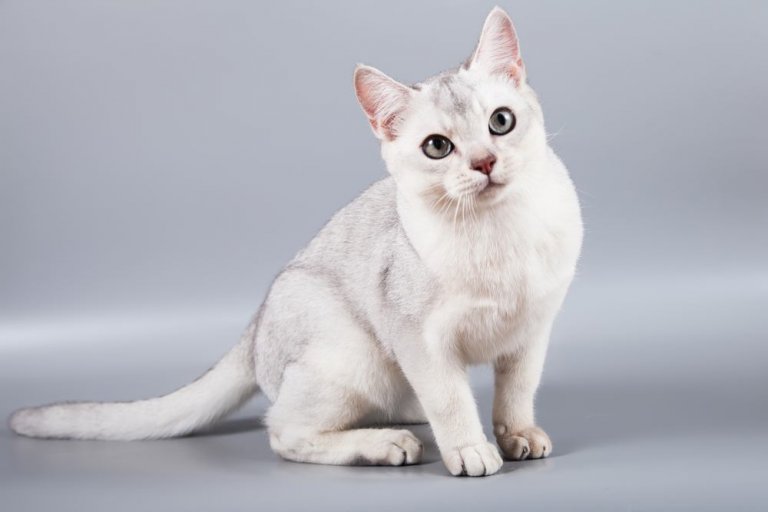
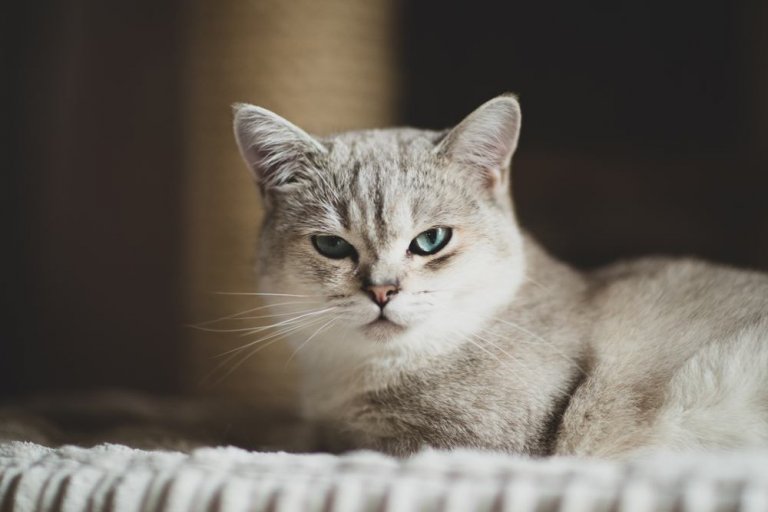
The Breed Standard
Eyes
Legs & Paws
Tail
The Breed Standard
Body
Head
Ears
Coat
Color
FAQ
How much does a Burmilla cat cost?
Burmilla cats cost between $500-$2,000.
How big do Burmilla cats get?
Burmilla cats tend to be medium in size. A fully grown Burmilla cat might weigh between 8-12 pounds or more and range in height anywhere from about 8"-10" inches tall.
How long do Burmilla cats live?
The Average lifespan for Burmilla is 15-18+ years.
Do Burmilla cats shed?
Burmilla are long-haired cats, so you do have to expect a certain amount of shedding from this breed, but they don't shed as much as other cat breeds.
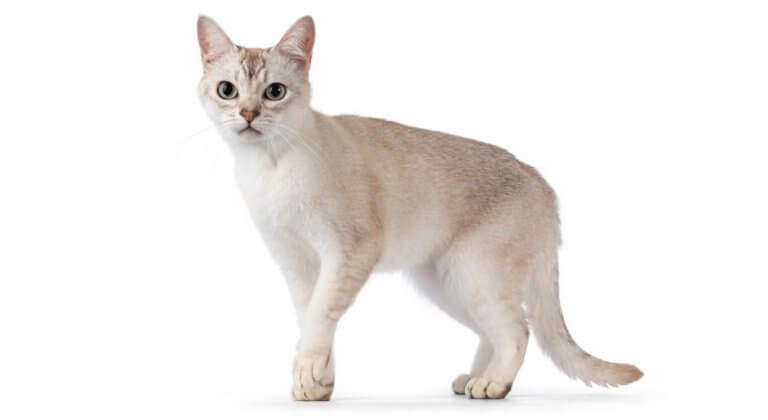
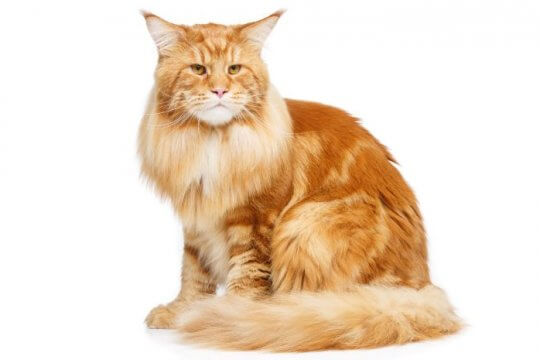
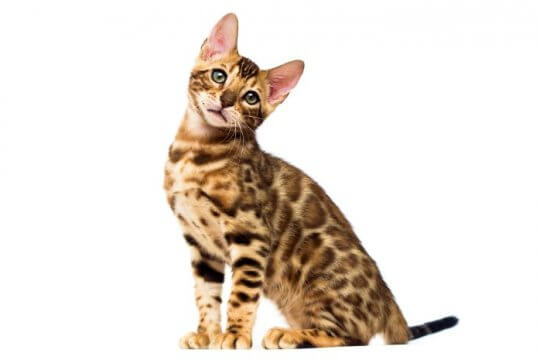
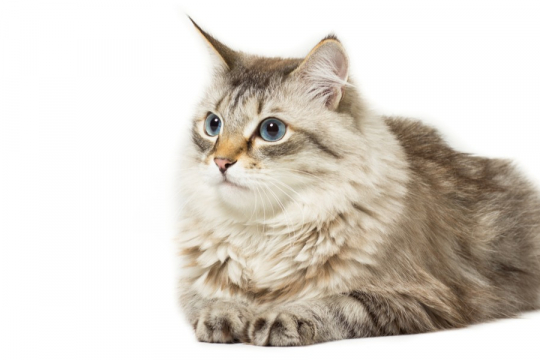
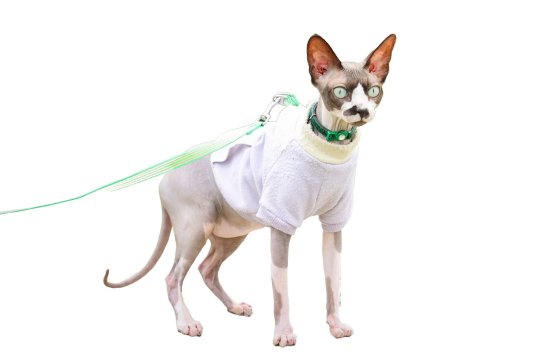
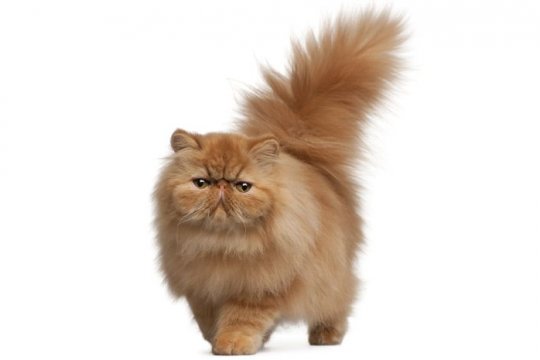
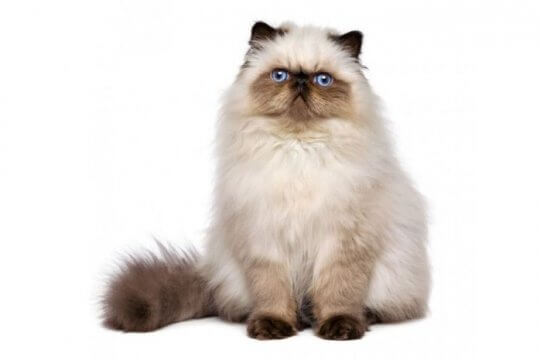
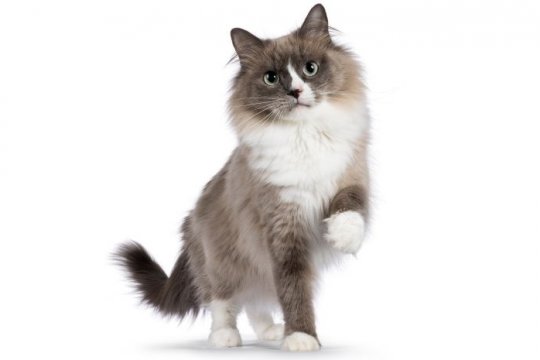
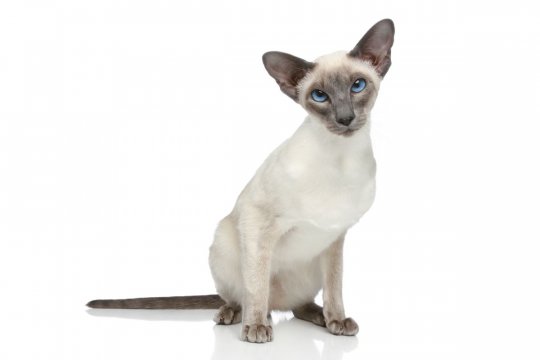
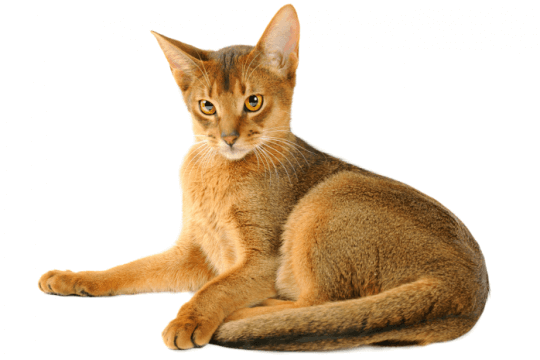
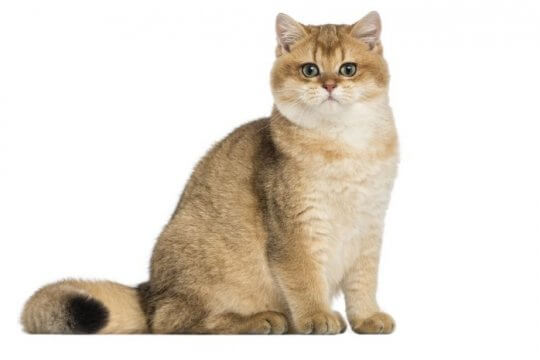


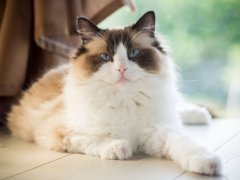

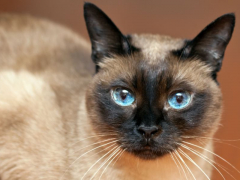
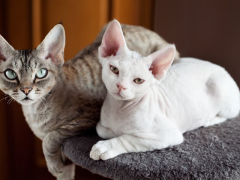


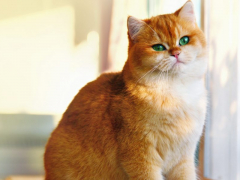
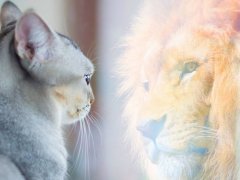
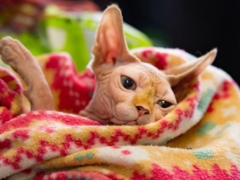
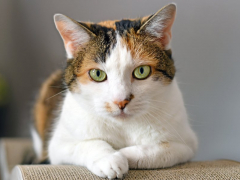
Thanks, Mallory!
A previous vet commented on my all black kitty with hairs that are half black and half white on the same shaft. Unfortunately i forgot what she called this. Burmilla sounds familiar … can my short haired, green eyed kitty with fur as described above be a Burmilla?
Silver-tipped black fur is a characteristic of some Burmilla cats! Of course, you can’t officially call your cat a Burmilla without papers, but if they fit the description here, I would think you could consider it as a possibility and think of your cat as a Burmilla-like cat or Burmilla mix.